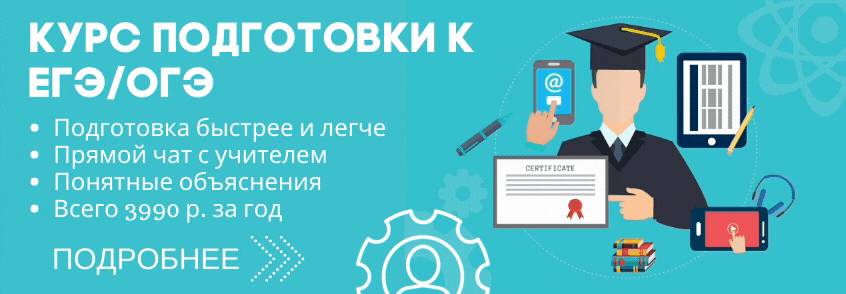Английский язык (Полное понимание информации в тексте)
Раздел 2. Чтение
Прочитайте текст и выполните задания 12-18. В каждом задании выберите цифру 1, 2, 3 или 4, впишите её в соответствующее поле внизу страницы.
Russky Dom
The Science Museum in Vancouver has had many different names over the years. Its present form however dates back to the 1986 World Fair (Expo 86). That year the theme for the World Fair was “Transport” and a special, modernistic exhibition space and dome was built as the centre piece. Called a geodesic dome; its style was influenced by the great American architect — Richard Buckminster Fuller. After the Fair closed, the people of Vancouver (private individuals, businesses, government offices) began a massive fund raising project to save the Dome and make it home to the city’s science museum. Two years later, $19 million dollars had been raised and the first stages of construction completed. In the first 12 weeks alone 310,000 visitors came to visit what was then called “Science World”.
Since that time the museum’s name changed a few times. The aluminium company, Alcan Inc, acted as sponsor so that one of the buildings would be named after them. Then Telus, the Canadian telecommunications giant donated $9 million dollars and the venue became “The Telus World of Science”: However, the new name proved almost universally unpopular among the people of Vancouver.
But during the 2010 Vancouver Winter Olympics, the museum was once again transformed and for a short while became — the Russky Dom! This involved two weeks of spectacular events in February 2010. Every day the people of Vancouver and international visitors to the Winter Games were treated to Russian folk songs, dancers and music sessions. Russian athletes came in to meet the public and sign autographs. There were quizzes and comedy shows and an opportunity for the world to get a taste of what they might expect when the Winter Games come to Sochi in 2014. The centre piece was a huge electronic clock counting down the days, hours, minutes and seconds until the start of the Sochi games.
Today the museum is still very much in business attracting huge numbers of visitors. A $35 million dollar development program was recently announced. There are thousands of brilliant exhibits that teach children and adults all about the world. Many are “hands-on” so that people can perform simple experiments themselves. There is a fabulous and entertaining educational program. You can even go to the link for a taster!
If you plan to visit the museum there are a few exhibits you simply must not miss — “Our World” in particular. It is about sustainable electricity. There are kinetic wheels, wind tunnels and solar panels. You are even given the chance to generate electricity using your own hands. The largest and brightest gallery in the museum is called “Eureka”. Here you can explore and learn about water, air, light, sound and motion.
You can go in to “Contraption Corner”, check out an “inventor box” and construct one of several whirling, buzzing and spinning gadgets. You also get to try and find solutions to practical (and in some cases not so practical) problems — such as how to lift a hippopotamus!
But the wrangle over the name continues. Some people insist it is called “Telus World of Science” and others say it is called “Science World”. But there are more than a few citizens of Vancouver who still remember a great party in February 2010. For them — the name Russky Dom is the one they prefer to use!
12. The “Science World” originally was
1) transport exhibition.
2) a part of the World Fair.
3) a geodesic sight.
4) Richard Buckminster Fuller’s home.
13 The Museum changed its name due to the
1) development of telecommunications.
2) will of people of Vancouver.
3) popularity of local companies.
4) wish of the main sponsor.
14 Which of the following is NOT TRUE about the Russky Dom?
1) Russian musicians performed there.
2) Athletes met the public there.
3) The clock there showed the time remaining till the Sochi Olympiad.
4) It was decided there to set the next 2014 Olympics in Sochi.
15 “Hands-on” in paragraph 4 refers to
1) experiments.
2) visitors.
3) exhibits.
4) educational programs.
16 The text particularly recommends to
1) generate electricity with one’s hands.
2) visit electricity exhibits.
3) enjoy a walk in a “Eureka” gallery.
4) pay attention to solar panels.
17 In the “Contraption Corner” one can
1) try oneself as an inventor.
2) solve any practical problem.
3) see all familiar gadgets.
4) try to lift a hippo.
18 Which of the following officially won the name competition?
1) Telus World of Science.
2) Russky Dom.
3) Science World.
4) None.

